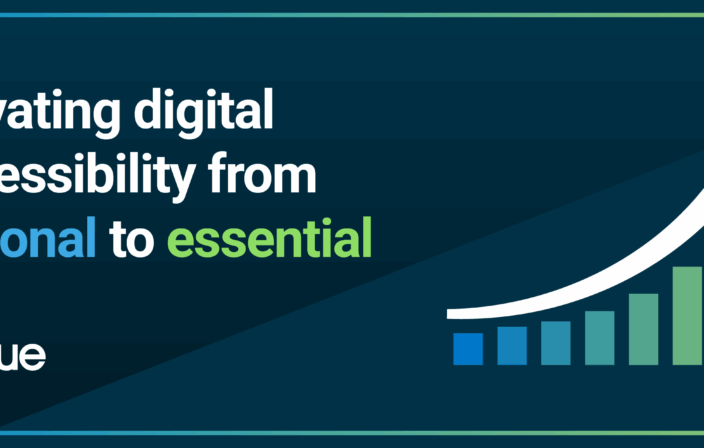2013 is drawing to a close and we wanted to highlight some of the best posts on the Deque blog you may have missed. Earlier this year, Denis Boudreau published a popular four-part series on PDF Accessibility. We have rounded up all the posts here so you can catch up.
Requirements for an Accessible PDF
In the first post of the series, Denis lays out what is needed in order for a PDF document to be considered accessible. While remediating a PDF can make it is accessible later, it is much better practice to produce accessible PDF documents to begin with. The post discusses using accessible sources to create PDFs and introduces ways to ensure accessibility such as tagging different elements in the document to make it accessible to assistive technologies such as screen readers.
Read Requirements for an Accessible PDF, Part 1
Common Barriers to PDF Accessibility
This post, the second in the series on PDF Accessibility, outlines the accessibility problems that PDF documents often present. These problems include problems with the document title and alternate text for images as well as poor content structure, language patterns and navigation. Understanding these problems is helpful to creating accessible PDF documents without the need for remediation.
Read Requirements for an Accessible PDF: Part 2 – Common Accessibility Barriers
PDF Authoring Best Practices
The third post in the series details the various elements within a PDF document and outlines best practices for ensuring accessible content. These elements include images, hyperlinks, language, headings, and lists. By paying attention to these elements in a source document, making an accessible PDF will be that much easier.
Read Requirements for an Accessible PDF: Part 3 – Authoring Best Practices
Proper PDF Conversion Process for Accessibility
Once effort been taken to ensure the source document is properly formatted, it is also important that this formatting is preserved by exercising care during the PDF conversion process. The final post in the series discusses best practices for PDF conversion for various file types including Microsoft Word, Office 2007, and Office 2000-2003.
Read Requirements for an Accessible PDF: Part 4 – Proper Conversion Process



